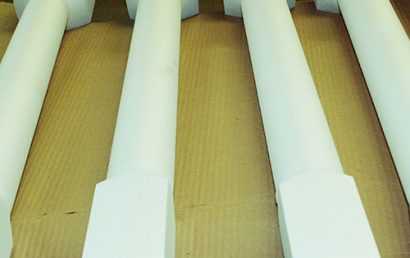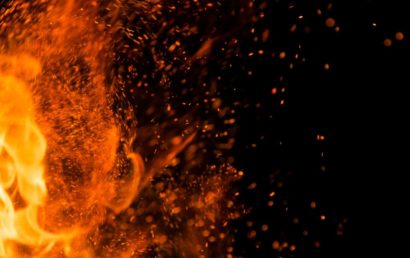What Can Thin Film Coatings Do?
Thin film coatings are thin layers of material that have the following uses: create reflective surfaces, protect surfaces from light, increase conduction or insulation, develop filters, and more.
For instance, when a thin layer of aluminum bonds with a sheet of glass, you get a mirror (courtesy of the reflective surface). There is a minimal thickness to thin films which can equate to several micrometers or fractions of a nanometer, and everything in between.
A number of deposition methods are available for those seeking to apply thin films. The following can determine the ideal method:
- Desired thickness
- Substrate’s surface makeup
- Deposition purpose
As far as deposition methods go, there are two basic types:
- Physical
- Chemical
Thin Film Coatings: The Physical Deposition Method
Chemical reactions are not included in this deposition technique. Rather, to produce thin films, thermodynamic or mechanical methods are relied upon. Generally, for functional and accurate results, these require low pressure environments. The following are physical deposition techniques:
- Arc-PVD (cathodic arc deposition) – Pulsed laser-similar (see below) but, rather than a pulsed laser, an electric arc is used. The chosen substance material condenses on the substrate as it vaporizes. This forms a thin film.
- Pulsed laser deposition – Here, in an ultrahigh vacuum chamber, a substrate and block of film material are involved. As the material block vaporizes it transfers to the substrate. Sometimes, to aid in oxide deposition, this takes place in an oxidative chamber.
- Sputtering – When, in atom-sized particles, a noble gas plasma is directed at a substrate, a collision cascade is triggered by the particles’ impact. In this manner, the entire substrate surface is coated and securely adhered to.
- Thermal evaporation – Here, an electric resistance heater is used to melt deposition material in a high vacuum. As a variance, to melt materials on a substrate, and electron beam evaporator may be used.
Thin Film Coatings: The Chemical Deposition Method
Here, after being fully submerged in a chemical fluid, the substrate receives a deposited coating on its surface. This is done in a conformal pattern – meaning that an equal coating is applied to every one of the substrate’s surfaces. Where chemical deposition is concerned, the most common types are as follows:
- CVD (chemical vapor deposition) – The substrate is placed in an organometallic gas-filled chamber rather than in a liquid bath (as with some techniques). A thin film is deposited evenly when the substrate surface is either slowly dissolved or the gas reacts with it.
- CSD (chemical solution deposition) – Similar to plating (see below), this process is carried out through the use of an organic solvent and organometallic powders (rather than a water bath and metal salts). Again being compared to plating, CDS is simpler and cheaper with comparable results.
- Plating – A chemical bath is used here (frequently composed of metal salts and water) for the submersion of a substrate. In a uniform pattern, the cells adhere to the substrate. The longer the substrate is immersed, the thicker the film. The use of electricity is required for electroplating – a specialized form of plating.
Your Thin Films and Other Coating Source
When it comes to protective coating techniques and other thermal spray coatings, A&A Coatings is a leader in the industry. For decades, we have provided the ideal thermal spray coatings for numerous industries. No matter what business you’re in, somewhere along the way, there is every chance that thermal spray coatings are already being used. Check with one of our knowledgeable representatives to make sure your company is using the right coating for each existing substrate. Our coatings can help reduce downtime, lessen maintenance costs, and generally improve your company’s bottom line.



